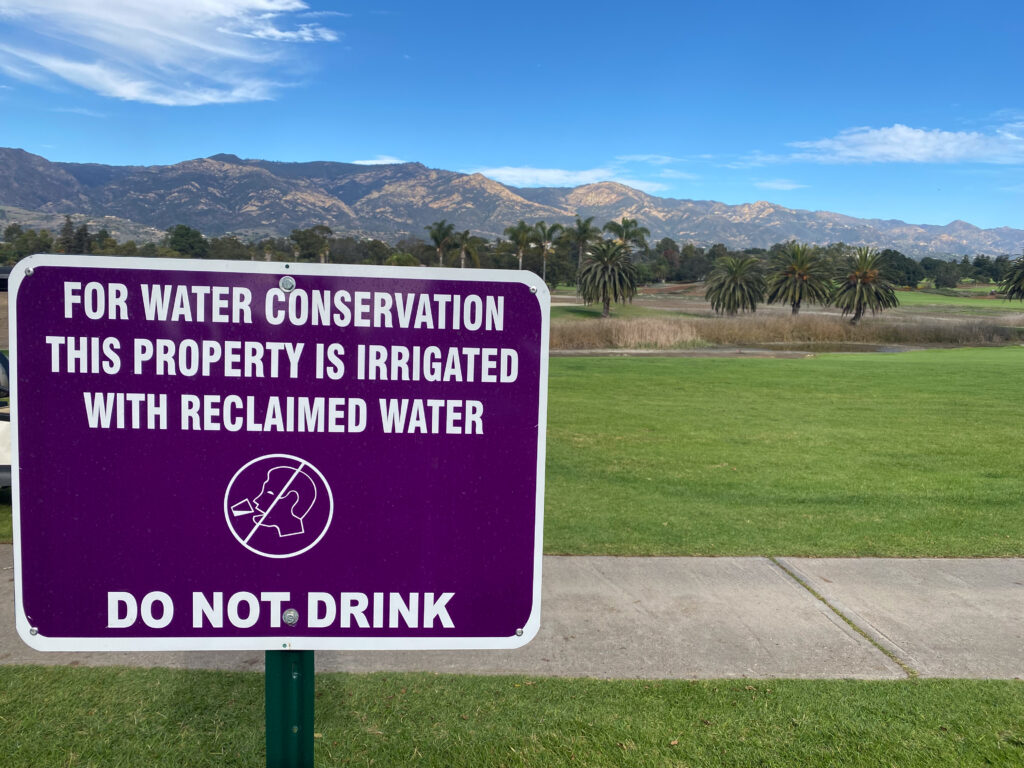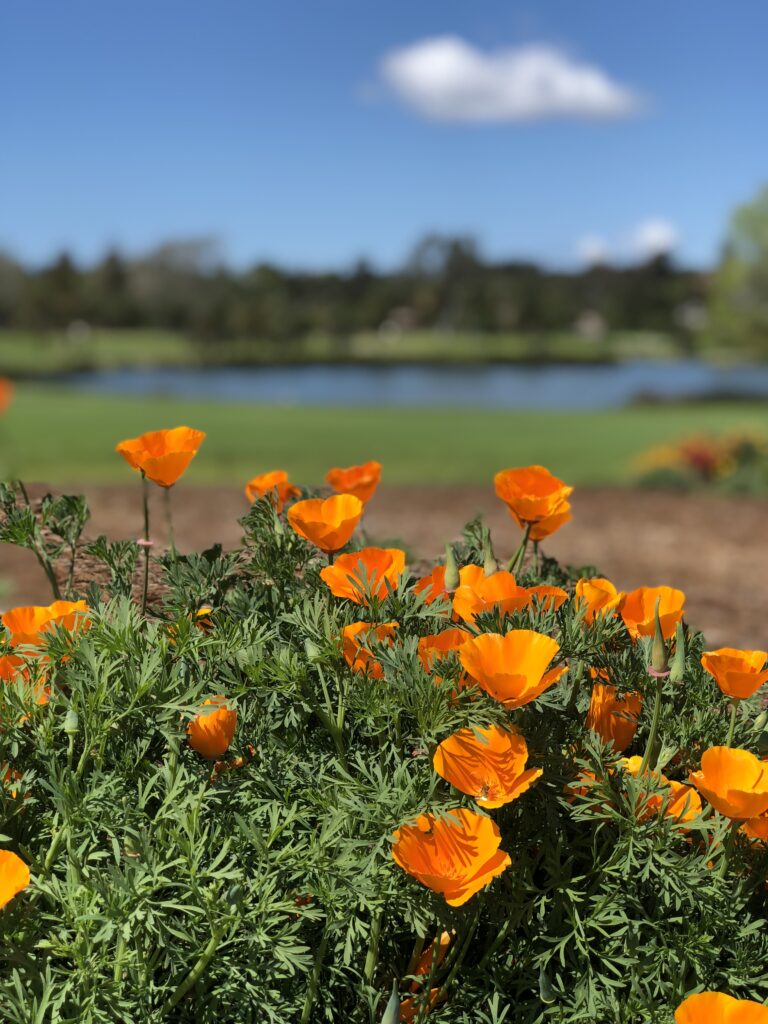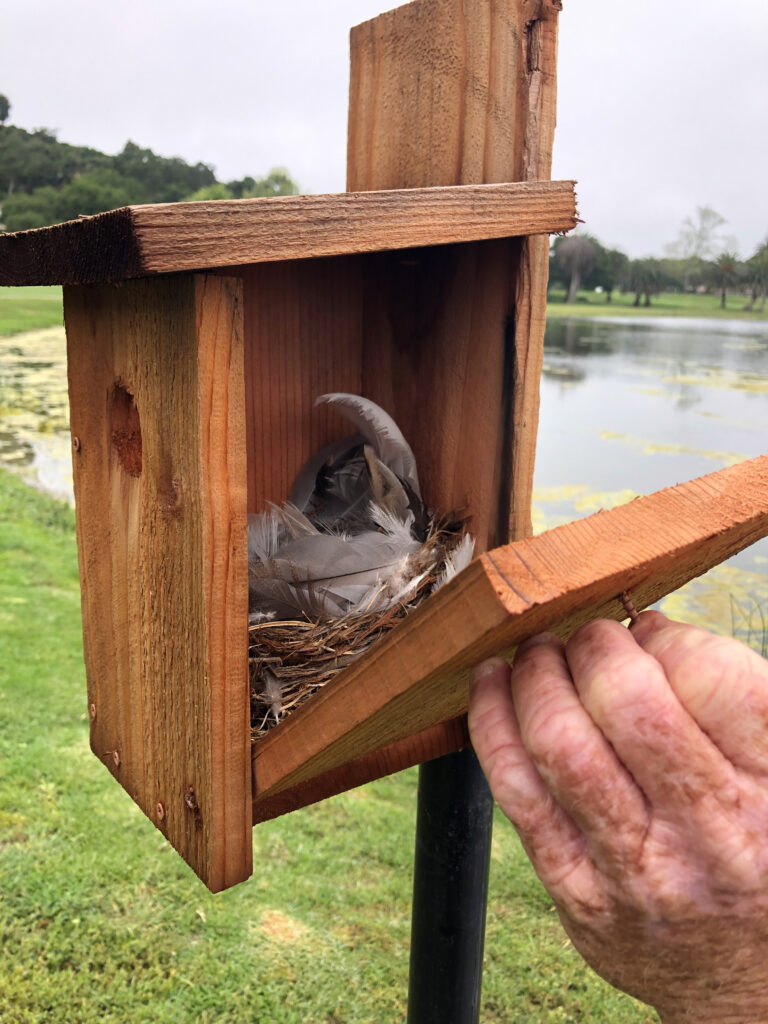La Cumbre Country Club Santa Barbara, California has a beautiful and challenging golf course that takes advantage of its natural setting. The combination of ocean breezes and mountain views, along with the use of indigenous flora, make for a truly unique and enjoyable golfing experience. The presence of a seasonal lake on the course also adds an extra element of beauty and challenge. It’s no wonder that any day is a good day to play at La Cumbre!

1. What motivated your club to join the Audubon International Cooperative Sanctuary Program (ACSP) for Golf?
The drought plus Best Management Practices (BMP) development in the golf industry. No set plans were in place for the GCSAA State BMPs, so we felt the Audubon format was a good start. From maintenance shop improvements to course management the guidelines were a good templet to use for an overall plan. Plus, the natural setting of the property lent it to being a good wildlife corridor.
2. What did it take to achieve ACSP certification – how long was the process and what steps were involved?
We were already implementing many corrective actions to improve the maintenance facility, reduce inputs, and for compliance with local and state environmental regulations, so we were close to being ready to for certification. It took about a year to conduct the stormwater sampling and about an year and a half to complete the certification process.

3. What did it cost to earn certification all-in and what were the biggest expense items?
- Contained wash rack system — $50k
- Storage with containment for plant products and petroleum products plus waste — $80k
- Trash can areas covered from rain — $30k
- Loading areas for spraying devices closed system — $30k
Related: Kyle Jones, Director of Agronomy, Yocha-Dehe Golf Club
4. What were/are the most challenging aspects of being certified and maintaining the standards required to achieve and retain that status?
For us specifically, not much as it is has become part of our culture. Plus, we just keep going this direction by receiving and using reclaimed water. We’ve also removed 6,000 feet of cart path while adding more native plant areas. If the original format is still used, I do not see challenges in retaining the status.
5. What specific benefits are you reaping from being a Certified Member?
Certification lets new members, guests, and the surrounding community know that the property is operated with wildlife systems considered and to the highest environmental standards.

6. What would you share with other superintendents and course managers who are considering joining the Audubon International ACSP program?
It seems like extra work, but like most things it just becomes part of the culture and gets absorbed into you daily work plan.

7. What is the best guidance or tip(s) you have received pertaining to being a superintendent and overseeing the golf course agronomy/maintenance department? (And from whom?)
From Larry Stowell when he operated PACE Consulting: He and we started looking at fewer inputs to operate the property. Plus, we compiled site specific information to build and justify a program of science behind all applications of plant products. Finally, we instituted sodium monitoring on turf areas — if that is controlled lots of issues go away.





















